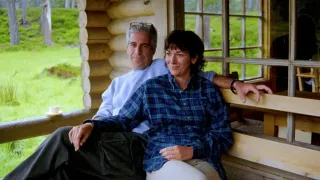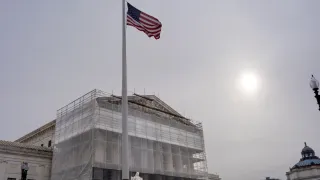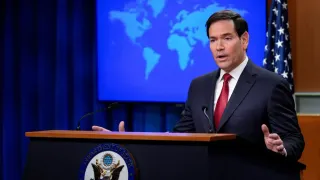July 31, 2015
New Orleans: Gay Old Times and New Ones Too
Kelsy Chauvin READ TIME: 3 MIN.
This is the second in installment in contributor Kelsy Chauvin's exploration of New Orleans. For Part 1, CLICK HERE.
Southern Louisiana's wicked heat and humidity, not to mention the bureaucracy's slowly-turning wheels, means things evolve slowly here. In the 10 years since Hurricane Katrina devastated the city, rebuilding progress started off at a snail's pace before finally kicking into high gear in recent years. Some argue that the city is not the same place it was before August 29, 2005. Of course it isn't -- even in an unhurried city, change is inevitable.
What's different about New Orleans a decade since Katrina is a newfound infatuation from those who survived the storm and those who were drawn there in the aftermath. If America is a melting pot, then New Orleans is a big pot of tasty gumbo, with flavor that grows richer with every new resident's love for this unique, down-home metropolis.
Post-Katrina, one of the best parts of the city's rebirth -- along with improved infrastructure and economic investments that are boosting the local economy -- has been renewed hometown pride. That goes for LGBT pride especially.
"Katrina didn't discriminate," says Ryan Cochran, marketing manager of Communify, a local, gay-owned marketing firm. "The rebound for our [LGBT] community is exactly like it was for everyone else, including overall tourism. We all banded together to save and rebuild the city we love. The LGBT community is stronger for it, along with everyone still here."
The Crescent City's Next Phase
One need only look at the slew of new hotels and restaurants to see which way the tide is turning in New Orleans. The Bywater, Marigny and Mid-City in particular are whole new worlds since Katrina, where indie entrepreneurs are opening innovative eateries, renowned cocktail lounges, unique arts spaces, and fabulous shops rivaling any of the world capitals of cool.
Husbands Nick Vivion and Kevin Farrell are two of those new business owners enjoying the success of their "international street food and globally inspired cocktails" at Booty's Street Food. With most dishes less than $10, the restaurant has quickly become a Bywater favorite since its 2012 opening, and inspired the couple to open Ursa Major this spring.
Located in the Central Business District, Ursa Major is built on an astrological theme, including a rotating cocktail menu based on the sky's changing zodiac signs. Likewise, the food menu is "built around cultures with strong ties to the stars -- think Peruvian, Chinese, Polynesian, Japanese, Greek and Egyptian," says Farrell, adding that the "dining room sky" is made of an art installation representing 50 individual galaxies.
Naturally, there's no shortage of nightlife either. Parties like the lesbian-centric Jem at the multifaceted, gay-tilted AllWays Lounge stay hopping thanks to the thriving queer scene. For dancing among NOLA hotties, there's clubby Napoleon's Itch on Bourbon Street and Oz for go-go boys. Mimi's in the Marigny is a great neighborhood hangout that's open late, with quintessential gay-friendly dive Big Daddy's Bar just across the street.
Southern Decadence and Beyond
For another sign that the LGBT community has undergone a significant explosion, don't miss Southern Decadence. Every Labor Day weekend, it's the city's largest gay party, heavy on scantily clad men and heavily made-up drag queens. This year, the street/circuit party descends on the Quarter September 2 to September 7.
It can be hard to keep up with all that's new in this city, and even harder to uncover some of its gay secrets. To dig a little deeper, historian Glenn DeVillier leads walking tours that cover the French Quarter's colorful gay history, as well as its literary and multicultural pasts.
The all-welcoming atmosphere of the Crescent City has long made it the stomping ground of eclectics from around the world. It's why this place became a bastion of music and arts ages ago, and why the city stays in the hearts of travelers well beyond their visits. Likewise, the LGBT community here is a vital ingredient in the New Orleans flavor, and its only getting better. Cochran even believes that New Orleans eventually will become the No. 1 U.S. travel destination for LGBT tourism.
"Today, I see the LGBT community in New Orleans becoming more connected and unified," says Cochran. "We're full of wonderful organizations that do great work, but compared with other cities, we haven't been as vocally linked with each other. That's changing -- I am seeing progress in how we can all work together and create a louder, prouder voice in the South."






